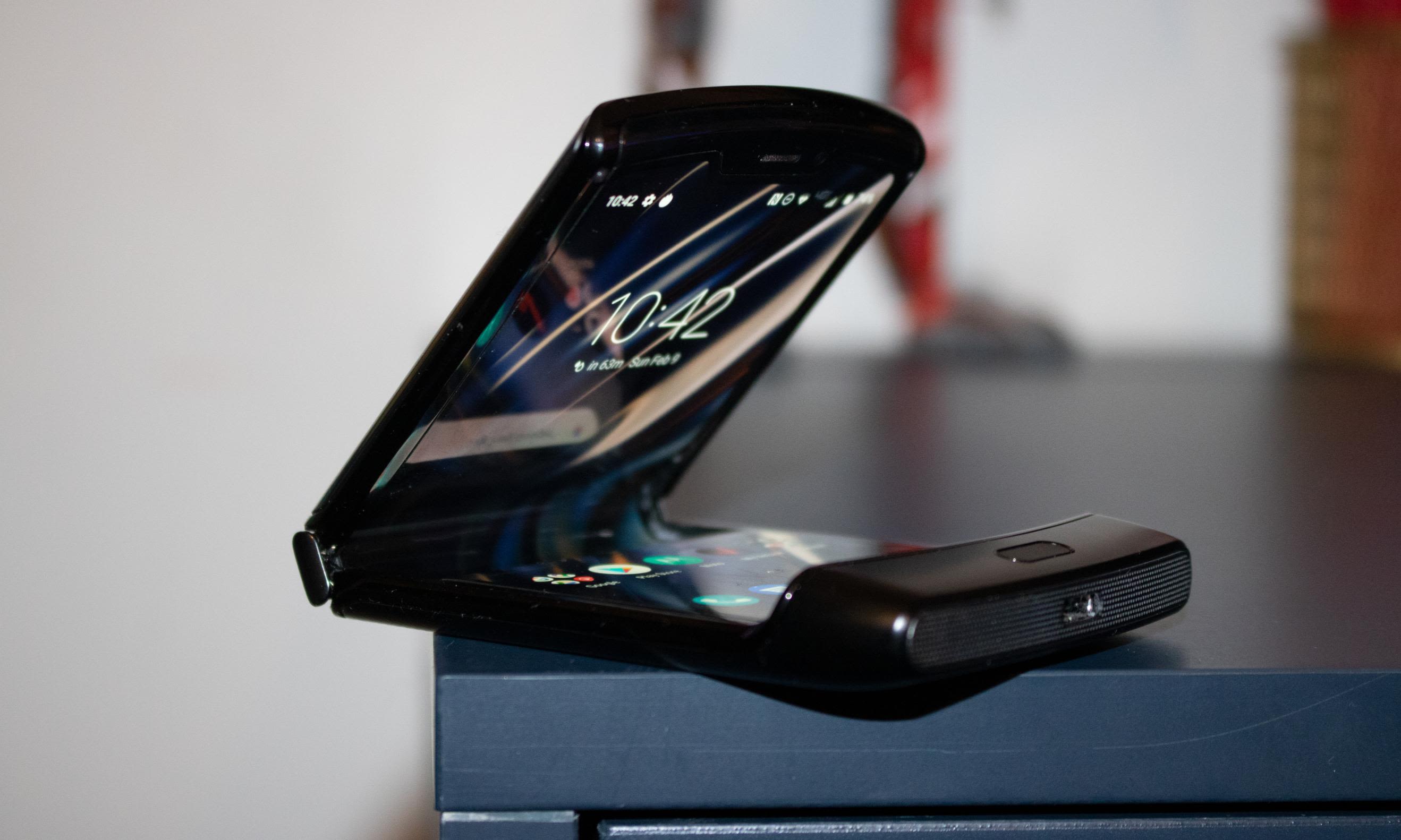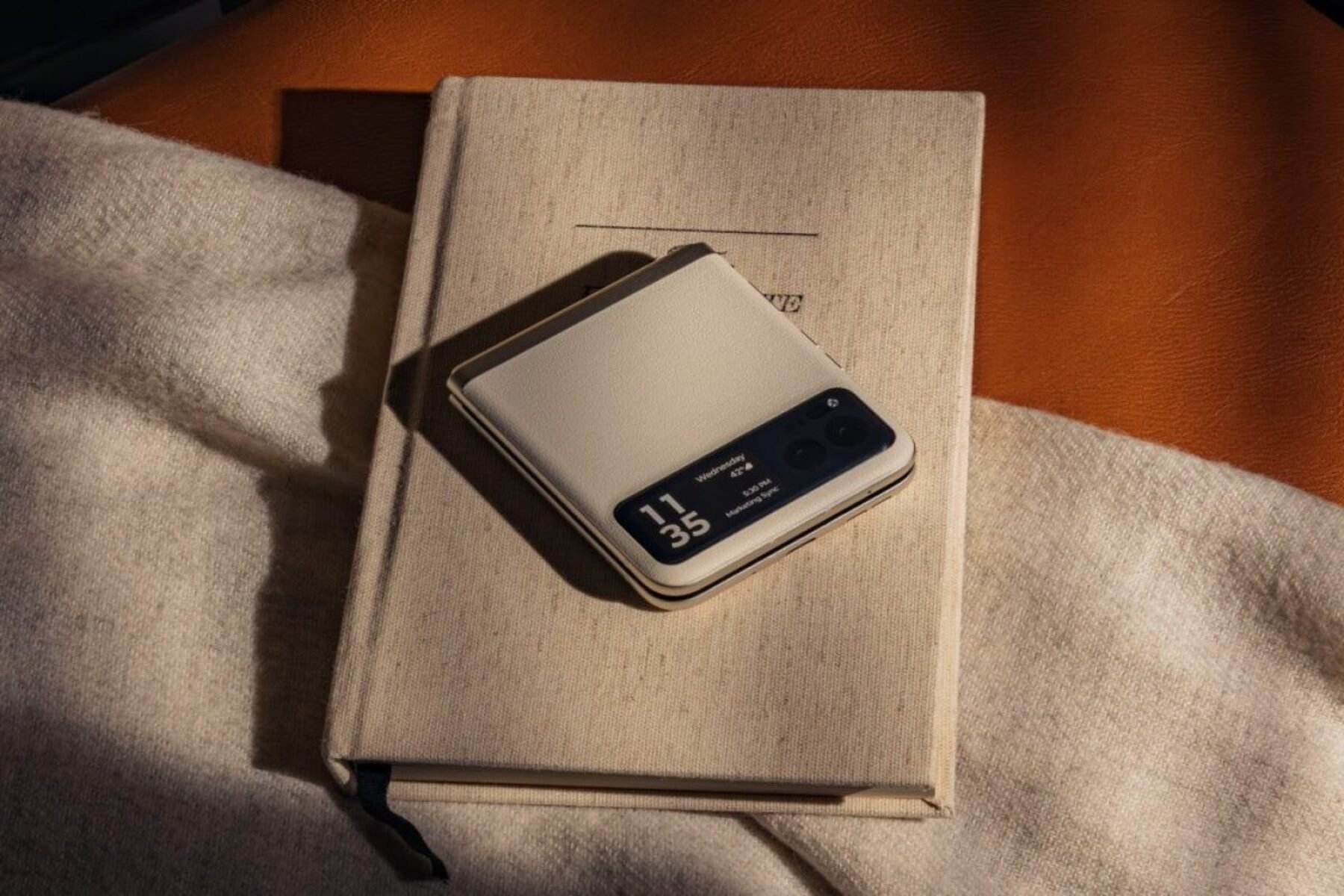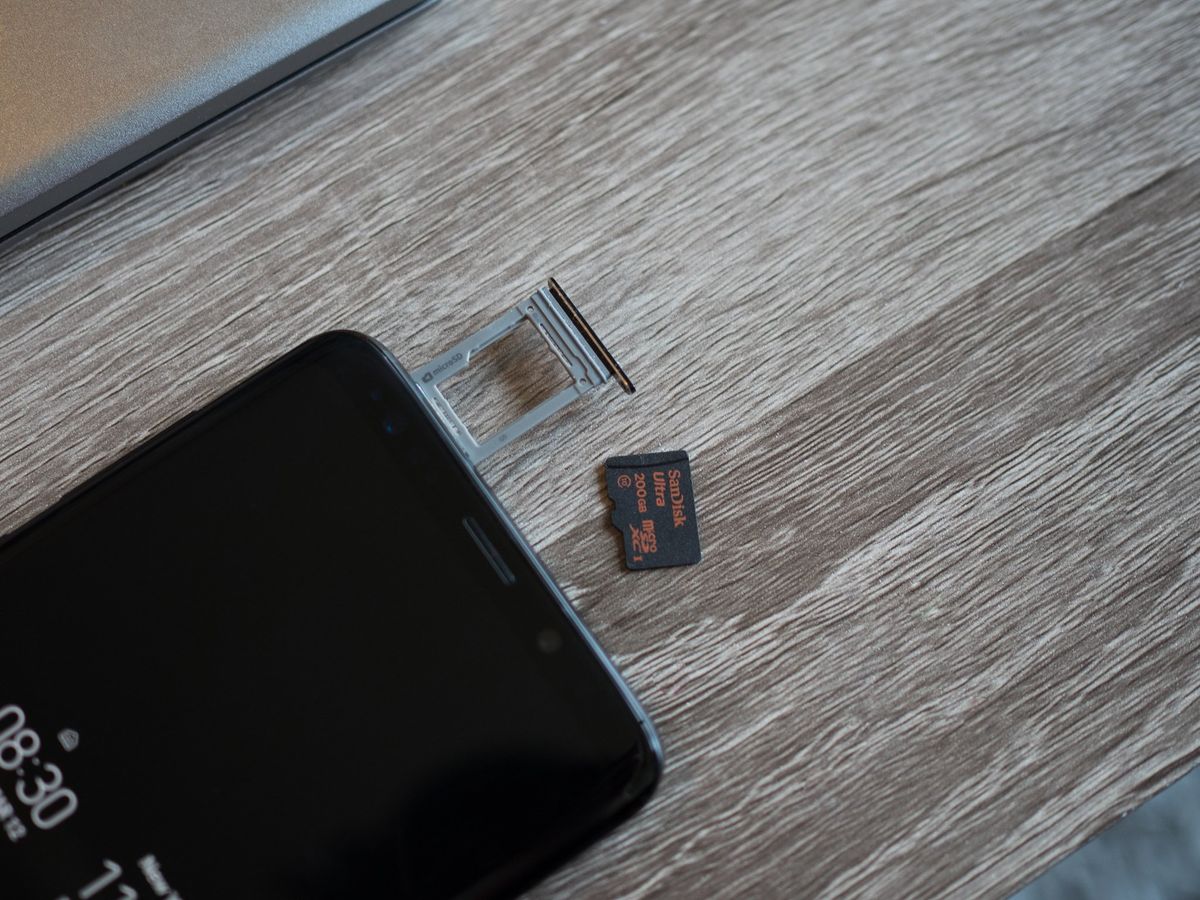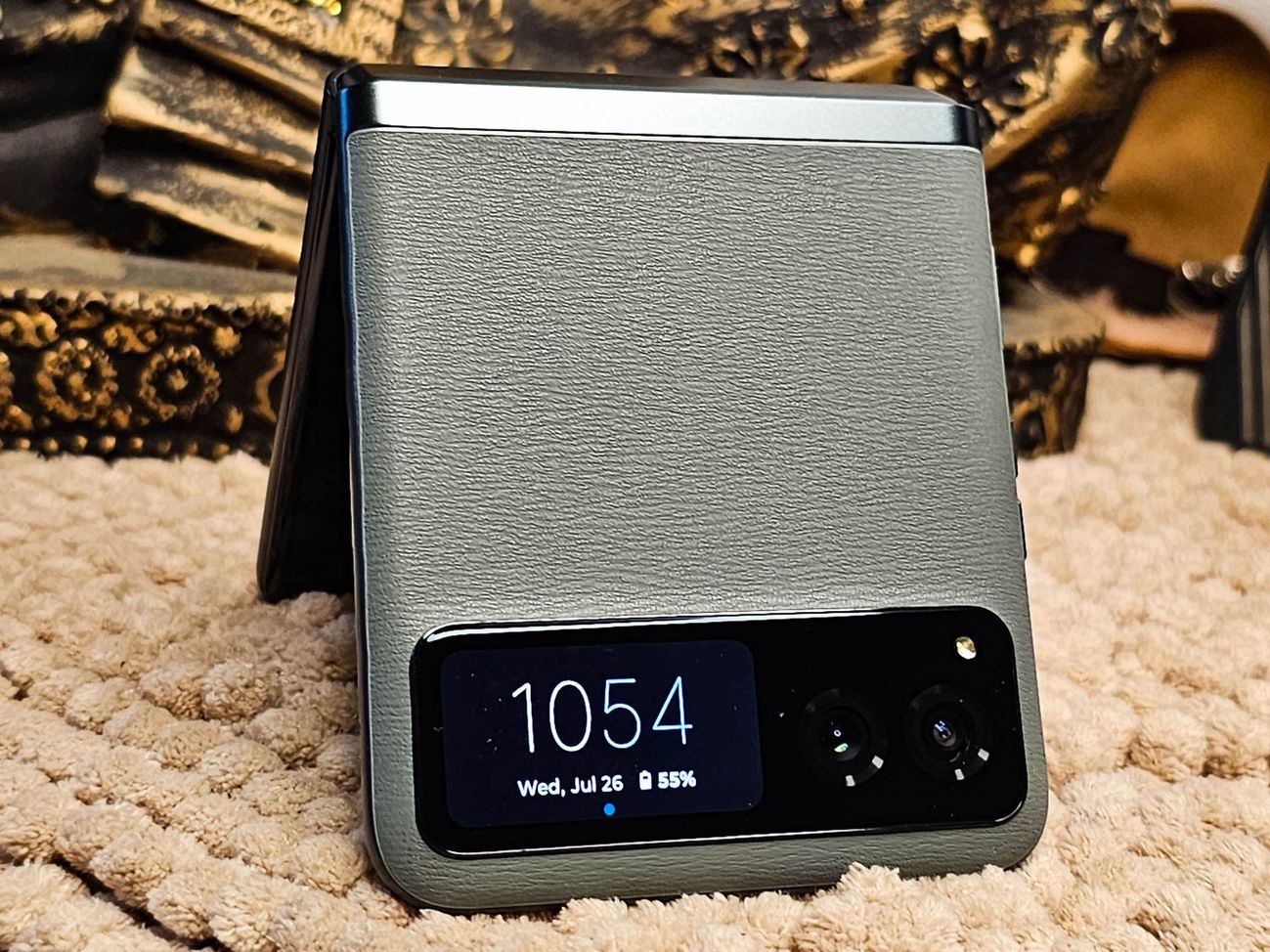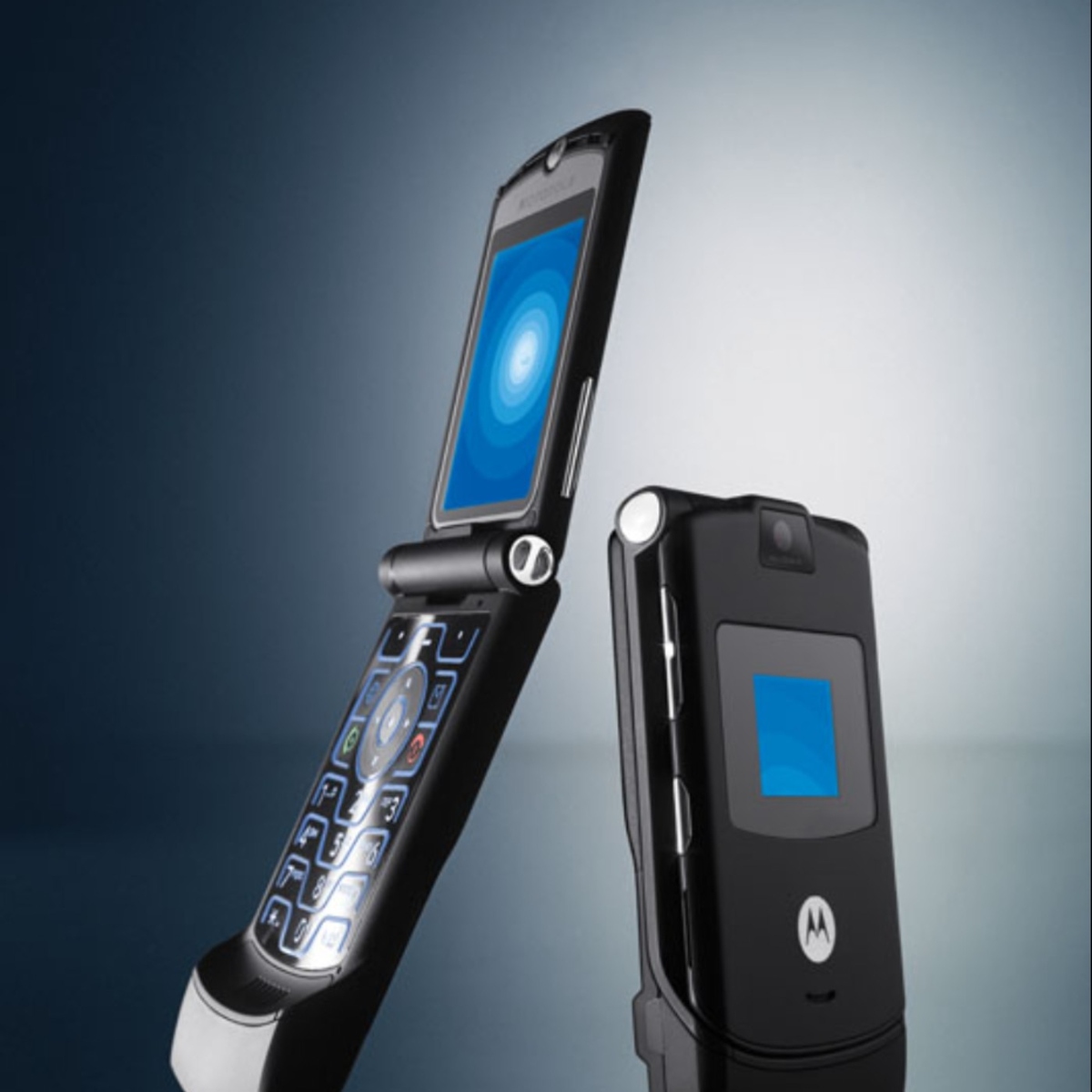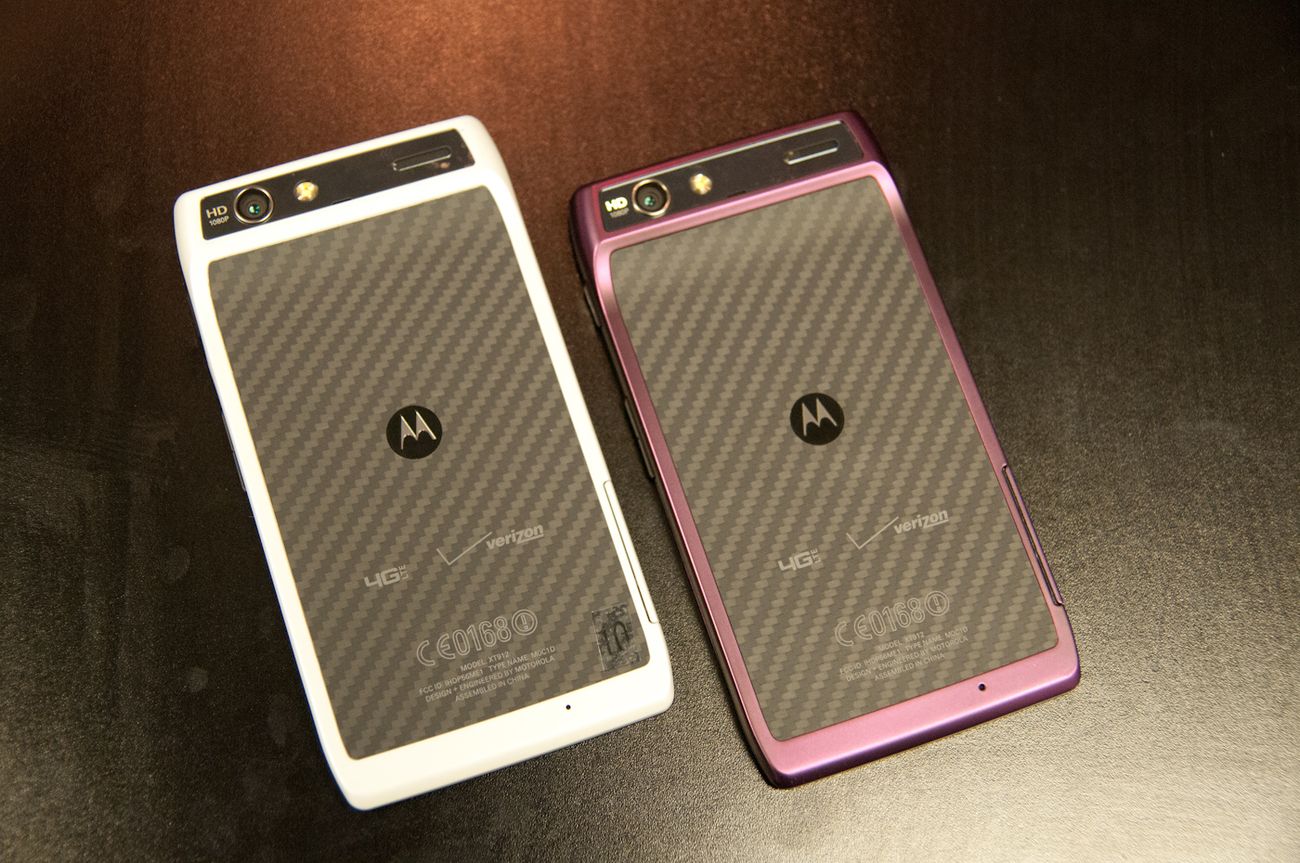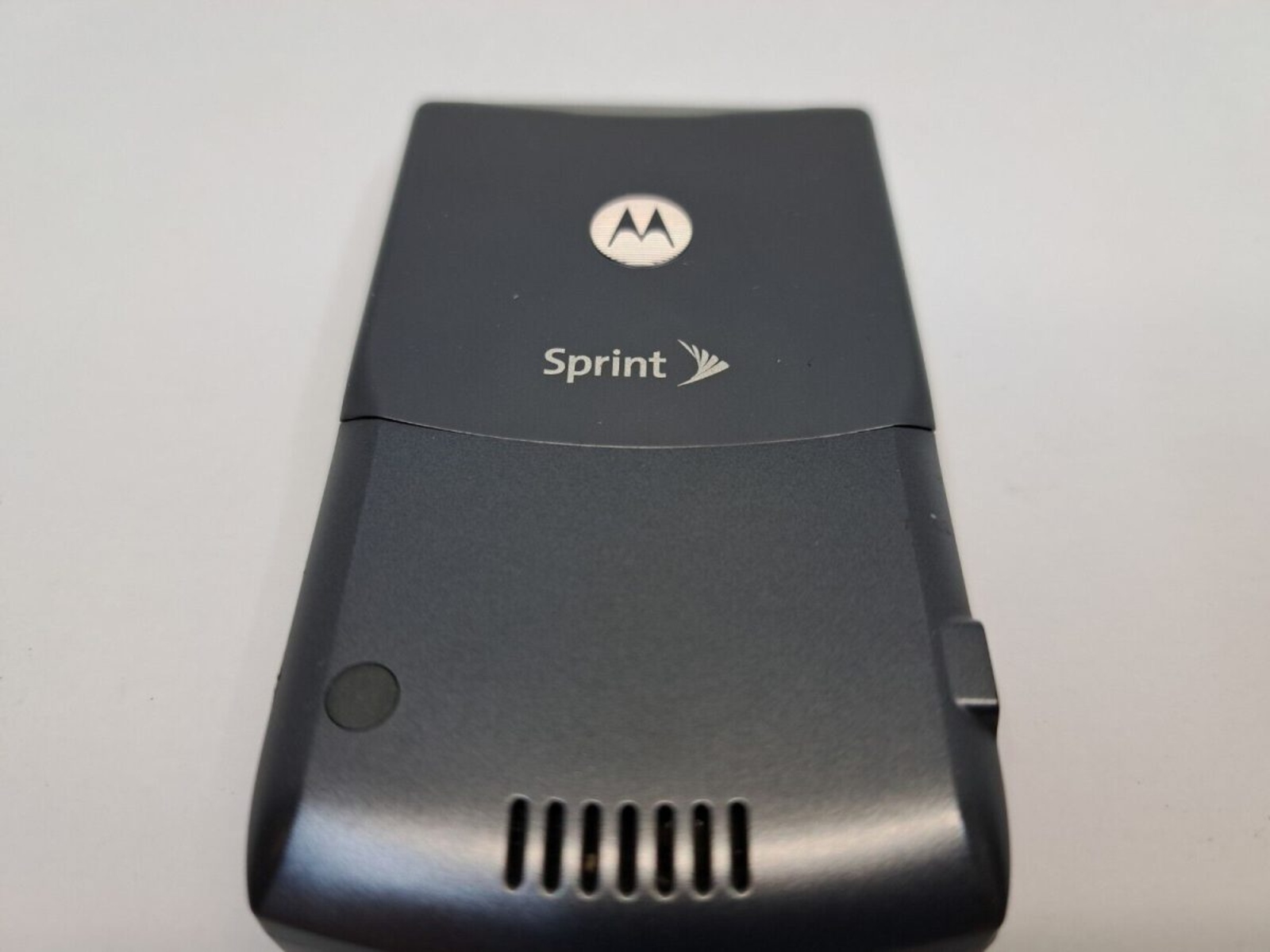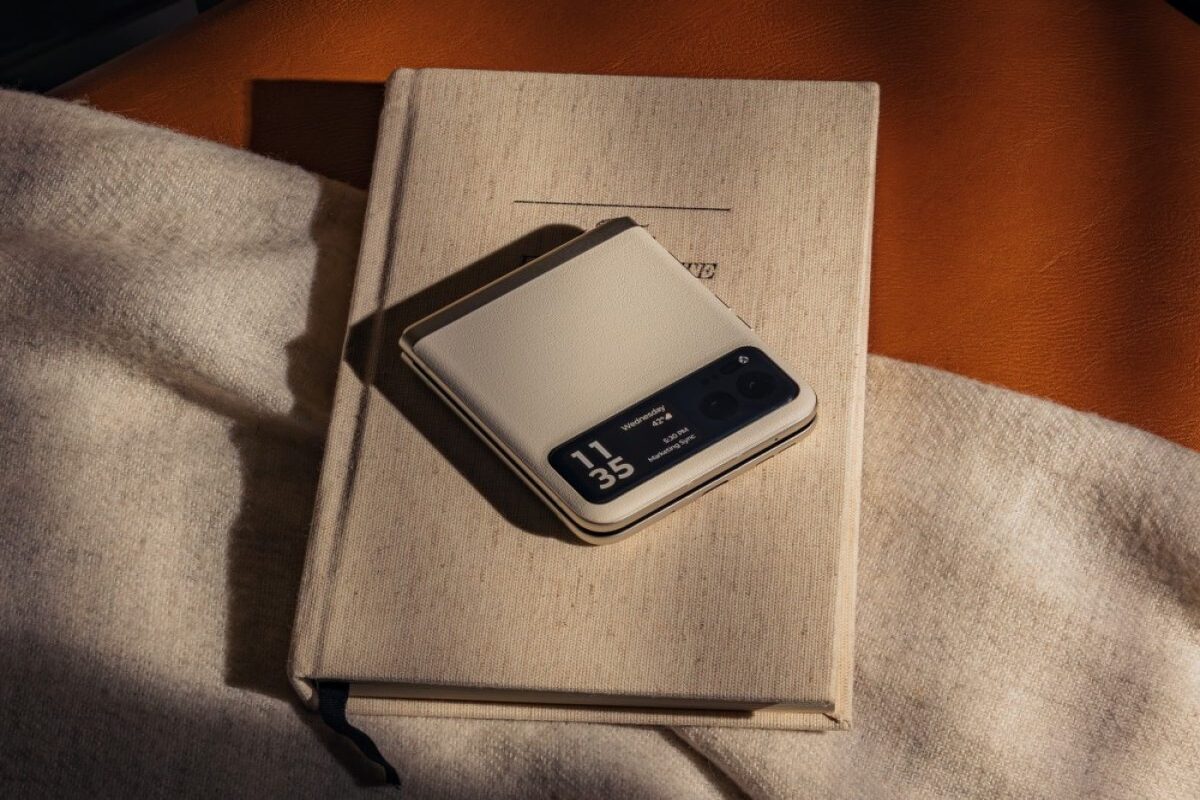Introduction
The Motorola Razr M is a sleek and powerful device that offers a seamless user experience. One of the key features that users appreciate is the ability to expand the device's storage capacity using a microSD card. This feature allows users to store more photos, videos, music, and other files without worrying about running out of space on their device.
In this guide, we will explore the process of managing storage on the Motorola Razr M by transferring data to the SD card. By following the steps outlined in this article, users can optimize their device's storage and ensure that they have ample space for their digital content.
The process of transferring data to the SD card is straightforward and can significantly enhance the device's storage capabilities. Whether you're looking to free up space on your device or simply want to organize your files more efficiently, understanding how to manage storage on the Motorola Razr M is essential for maximizing the device's potential.
In the following sections, we will delve into the step-by-step process of inserting an SD card into the Motorola Razr M, transferring data to the SD card, and effectively managing storage on the device. By the end of this guide, you will have a comprehensive understanding of how to leverage the SD card feature to optimize storage on your Motorola Razr M. Let's get started!
Step 1: Inserting the SD Card
Inserting an SD card into your Motorola Razr M is a simple yet crucial step in expanding the device's storage capacity. The SD card provides a convenient way to store additional photos, videos, music, and other files, ensuring that you have ample space for your digital content. Follow the steps below to seamlessly insert an SD card into your Motorola Razr M:
-
Locate the SD Card Slot: Begin by locating the SD card slot on your Motorola Razr M. The slot is typically located on the side of the device, near the SIM card tray. Use a SIM card removal tool or a small paperclip to eject the tray from the slot gently.
-
Prepare the SD Card: Before inserting the SD card, ensure that it is compatible with your device. The Motorola Razr M supports microSD cards, so be sure to use a card that meets this specification. Additionally, check the orientation of the card to ensure that it is inserted correctly into the slot.
-
Insert the SD Card: Carefully place the SD card into the designated slot, ensuring that it fits securely. Gently push the tray back into the slot until it clicks into place, indicating that the SD card is properly inserted.
-
Verify the Connection: Once the SD card is inserted, power on your Motorola Razr M and navigate to the device's settings to verify that the SD card is recognized. In the settings menu, you should see the option to manage storage, where the SD card's capacity and available space will be displayed.
By following these steps, you can successfully insert an SD card into your Motorola Razr M, expanding the device's storage capabilities and providing a seamless solution for storing additional content. With the SD card in place, you can proceed to the next step of transferring data to the card, optimizing your device's storage and ensuring that you have ample space for your digital files.
Step 2: Transferring Data to the SD Card
Transferring data to the SD card on your Motorola Razr M is a practical way to free up space on your device's internal storage and ensure that you have ample room for new content. Whether you want to move photos, videos, music, or other files, the process is straightforward and can be accomplished directly from your device. Here's a detailed guide on how to transfer data to the SD card:
1. Accessing the File Manager
Begin by accessing the file manager on your Motorola Razr M. The file manager is a built-in application that allows you to browse and manage the files stored on your device. You can typically find the file manager in the app drawer or by swiping down from the top of the screen and searching for "File Manager" in the search bar.
2. Selecting Files to Transfer
Once you have opened the file manager, navigate to the location of the files you wish to transfer to the SD card. This may include photos in the "Pictures" folder, videos in the "Videos" folder, or music in the "Music" folder. Tap and hold on the files you want to transfer to select them. You can also tap the "Select" option and choose multiple files at once.
3. Initiating the Transfer
After selecting the files, look for an option to move or copy the files. This option is typically represented by an icon that resembles two overlapping squares or a menu icon with additional actions. Tap this option and choose the destination as the SD card. You may need to navigate to the SD card directory, which is often labeled as "SD Card" or "External Storage."
4. Verifying the Transfer
Once you have initiated the transfer, the selected files will begin to move or copy to the SD card. Depending on the size and quantity of the files, the process may take some time to complete. You can monitor the progress of the transfer and verify that the files have been successfully moved to the SD card.
By following these steps, you can efficiently transfer data to the SD card on your Motorola Razr M, freeing up space on the device's internal storage and ensuring that your digital content is securely stored on the expandable SD card. This process allows you to manage your files more effectively and optimize the storage capacity of your device.
With the data successfully transferred to the SD card, you can enjoy additional space on your Motorola Razr M for capturing new memories, downloading more music, and exploring a wide range of digital content without worrying about running out of storage. This seamless transfer process empowers you to make the most of your device's storage capabilities, enhancing your overall user experience.
Step 3: Managing Storage on the Motorola Razr M
Effectively managing storage on the Motorola Razr M is essential for optimizing the device's performance and ensuring that you have ample space for your digital content. By implementing strategic storage management practices, you can streamline the organization of your files, monitor storage usage, and maintain a clutter-free device. Here's a comprehensive overview of how to manage storage on the Motorola Razr M:
1. Storage Settings
Navigate to the device's settings menu and locate the "Storage" or "Storage Settings" option. This section provides a detailed breakdown of the device's storage usage, including the amount of space occupied by apps, photos, videos, music, downloads, and system files. By reviewing this information, you can identify which types of content are consuming the most space and take proactive measures to manage them effectively.
2. Clearing Cache and Unnecessary Files
The Motorola Razr M offers the option to clear cached data and unnecessary files to free up storage space. Within the storage settings, look for the "Cached Data" section and select the option to clear the cache. Additionally, you can use the file manager to identify and delete unnecessary files, such as temporary downloads, residual app files, and redundant documents. This process helps declutter the device's storage and reclaim valuable space for essential content.
3. App Management
Review the list of installed apps on your Motorola Razr M and assess their individual storage usage. Identify apps that are consuming a significant amount of space and consider uninstalling those that are no longer essential. For apps that you wish to keep, explore their settings to determine if they offer the option to store data directly on the SD card. By offloading app data to the SD card, you can alleviate the burden on the device's internal storage and create a more balanced storage configuration.
4. Organizing Files
Utilize the file manager to organize your files systematically. Create folders for specific types of content, such as "Photos," "Videos," "Music," and "Documents," and move relevant files into their respective folders. This approach not only facilitates efficient file management but also makes it easier to locate and access your content when needed. By maintaining a well-organized file structure, you can optimize the device's storage and enhance your overall user experience.
5. Regular Storage Maintenance
Implement a routine for regular storage maintenance to prevent storage issues from accumulating over time. Periodically review the device's storage usage, clear unnecessary files, and assess the effectiveness of your storage management strategies. By staying proactive in managing storage, you can ensure that your Motorola Razr M maintains optimal performance and storage capacity.
By incorporating these storage management practices into your routine, you can effectively manage storage on the Motorola Razr M, optimize the device's performance, and maintain a well-organized digital environment. This proactive approach empowers you to make the most of the device's storage capabilities, ensuring that you have ample space for your digital content while enhancing the overall usability of your Motorola Razr M.
Conclusion
In conclusion, managing storage on the Motorola Razr M through the process of transferring data to the SD card is a pivotal aspect of optimizing the device's performance and ensuring that users have ample space for their digital content. By following the step-by-step guide outlined in this article, users can seamlessly insert an SD card into their device, transfer data to the card, and implement effective storage management practices.
The process of inserting an SD card into the Motorola Razr M is straightforward, providing users with the ability to expand the device's storage capacity effortlessly. With the SD card in place, users can proceed to transfer data, including photos, videos, music, and other files, directly to the card. This streamlined transfer process frees up space on the device's internal storage, empowering users to store a diverse range of digital content without limitations.
Furthermore, effective storage management on the Motorola Razr M involves strategic practices such as reviewing storage settings, clearing cache and unnecessary files, optimizing app management, and organizing files systematically. By implementing these practices, users can maintain a clutter-free device, monitor storage usage, and ensure that essential content is readily accessible.
By incorporating these storage management strategies into their routine, users can optimize the performance of their Motorola Razr M and maintain a well-organized digital environment. This proactive approach empowers users to make the most of the device's storage capabilities, ensuring that they have ample space for their digital content while enhancing their overall user experience.
In essence, the ability to manage storage on the Motorola Razr M through the utilization of the SD card feature is a valuable asset that enhances the device's functionality and accommodates the diverse storage needs of users. By leveraging the expandable storage capacity offered by the SD card, users can enjoy a seamless and efficient storage solution that aligns with their digital lifestyle.
Ultimately, the process of managing storage on the Motorola Razr M is an essential component of maximizing the device's potential, providing users with the flexibility to store, organize, and access their digital content with ease. With the knowledge and insights gained from this guide, users can confidently navigate the storage management process, ensuring that their Motorola Razr M remains optimized for their storage needs.







